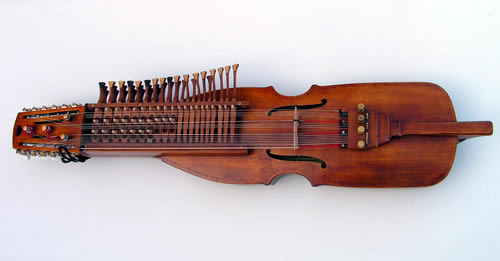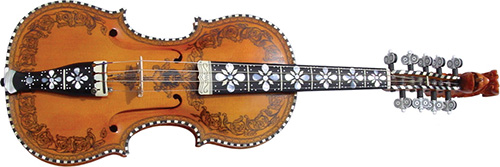Blog
MARCH 2, 2020
Smörgåsbord
Music historians begin most descriptions of the Romantic period in Western classical music by referencing a timeline. That is, most of what was composed during the years between 1800 and 1900 is considered Romantic-period music. Movements in art are of course much more complex than that. They encompass innumerable trends, ideas, contradictions, reactions and personalities. One of the easily identifiable trends was the influence of popular nationalist sentiments on many European composers. The nineteenth century was a politically turbulent time in Europe, and many composers reacted by exploring their own heritage, sense of place, or patriotism. Folk music was a logical wellspring of material for this practice. Bartók, Chopin, Dvorák, Enescu, Granados, Grieg, Nielsen, Rimsky-Korsakov, Sibelius, and Smetana are just a small sample of great composers who can be described on some level as nationalists.
Our March 6th program, Smörgåsbord, is a brief look into a few of Scandinavia’s most famous musical nationalists and the folk music from which they drew inspiration. Two bowed instruments, the nyckelharpa and the Hardanger fiddle, take center stage in our buffet of Northern European musical delights. Here are some brief notes about the two instruments from our wonderful nyckelharpist, Amy Hakanson:

“The nyckelharpa, which translates to keyed-fiddle, is a traditional Swedish folk instrument that dates back to the 1300s. The modern chromatic nyckelharpa that I’ll play at our concert is much more complex than its medieval counterpart, with three rows of keys, four playing strings, and twelve sympathetic strings. The sympathetic strings, tuned chromatically, give the nyckelharpa a built-in resonance which results in a beautiful reverberant sound.

The hardingfele, or Hardanger fiddle, is the Norwegian folk-fiddle from the southwestern region of Norway. Like the nyckelharpa, it dates back many centuries, with the oldest known hardingfele being built in 1651. Also like the nyckelharpa, the hardingfele features sympathetic strings, which give it an ethereal and unique timbre.”
In addition to traditional folk tunes, we will hear examples of folk-inspired music from two of Scandinavia’s most influential composers, Carl Nielsen and Edvard Grieg. We will also hear a newly commissioned, Scandinavian-inspired violin duet by 45th Parallel Composer-in-Residence Kenji Bunch, and a rousing excerpt from a recently published set of folk songs arranged in 2013 by the Danish String Quartet, Wood Works.
Skål everyone!
Greg Ewer
Founder, 45th Parallel Universe
Don’t forget to share this post!
YOU MAY ALSO LIKE…
After the Revolution
This concert could easily be called Perspective… because that’s what I feel every time I spend time with Chen Yi and Zhou Long. I can’t think of any other…
Take Me to the River
On April 30th, 45th Parallel will perform Treasured Resources: Water and Music, featuring the world premiere of Waterways by Columbia Riverkeeper composer…
Poulenc was my OG
For those of you who might not be aware, OG is an acronym for Original Gangster. Originating in the 1970s, OG was used to describe a gang member specifically from…